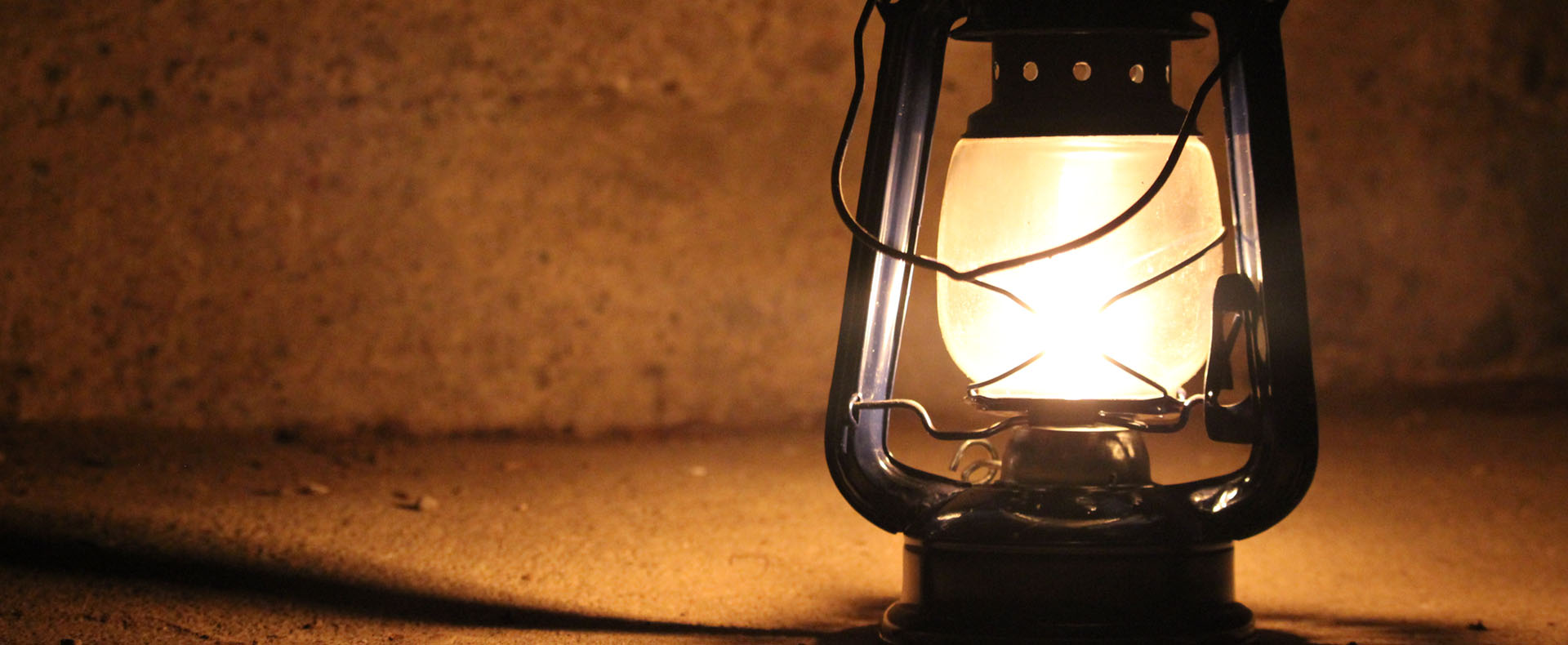
Shedding light on kerosene use in developing nations
Kerosene is a volatile, dangerous chemical that provides poor light, yet it continues to be widely used as a source of illumination in countries that have incomplete or unreliable electricity grids. Wharton’s Serguei Netessine, a professor of operations, information and decisions, discussed in a podcast his research on the adoption of kerosene alternatives in developing nations.
Mr. Netessine first addressed the ineffectiveness of power-grids in developing countries by noting that “off-grid light is a standard way to solve the access to electricity problem in many countries where there is simply no electrical grid as we know it. Thomas Edison invented electrical lights and poles and transformers and all of those things that allow us to just plug in a lightbulb to the wall, and it works. But most countries in the world don’t have this luxury. Almost no country in Africa, for example, has a fully developed grid, so they have to create electricity in other ways. Typically, this would involve some kind of an electrical generator if a country is a little richer. The Philippines, Indonesia — these are countries with thousands of islands and are relatively wealthy, so they can afford this kind of a solution. If you take poorer countries, countries with lower GDP — countries in Africa, some countries in Asia — they cannot even afford that. What they use is a very basic solution, which is a kerosene-burning lamp”.
Kerosene is responsible for 1.5 million deaths from burns and respiratory illnesses annually-62% of which are children.
– National Geographic
Kerosene has a number of disavantages as a light source for people in develping countries. Mr. Netessine explained that there are many problems with kerosene, and toxicity is just one problem. “Millions of children every year get severely burned by kerosene because they just tip over the lamp and it keeps burning. Then there are issues with the quality of light. It’s a yellowish kind of light, so if you’re trying to do homework, that’s not good for your eyes. But what I would say is the biggest problem is that kerosene is three to four times more expensive than electrical light, sometimes even more than that. This is really puzzling — that people continue using kerosene given that it’s so expensive, because we are talking about countries where people live on $2 to $3 a day. Such a significant cost difference should lead them to adopt cheaper ways to use electricity. What really led us to this research is the realization that people still use kerosene despite all of the bad things that come out of it. I don’t even go into harm to the environment. If you are living on $2 to $3 a day, maybe it’s not the biggest concern that you have. But that is a consideration as well”.
What is an alternative to kerosene as a lighting source? While Mr. Netessine feels there are quite a few alternatives, the one that naturally comes to mind is solar light. “Countries near the equator get plenty of sunlight, so solar is a natural solution…Unfortunately, even some solar solutions unaffordable. This is two, three months’ worth of income. Remember that in these countries, people don’t save. They are unbankable, essentially, and they live on their income that they get day to day, usually from subsistence farming. Whatever they catch, they eat. And whatever is left over, they sell.”
LightWaterLife sustainable life kits include a solar power and lighting system. It is a completely independent off-grid power system with a solar panel that can provide illumination for up to 6-8 hours a night. The system comprises of solar panel, controller with premium rechargeable lithium battery inside, two 16’ wires with LED bulbs and on/off switches. It also includes additional USB outputs for charging or powering other devices.
Click here to learn more about partnering with LightWaterLife and our humanitarian aid and disaster relief kits.
Source: The Wharton School

